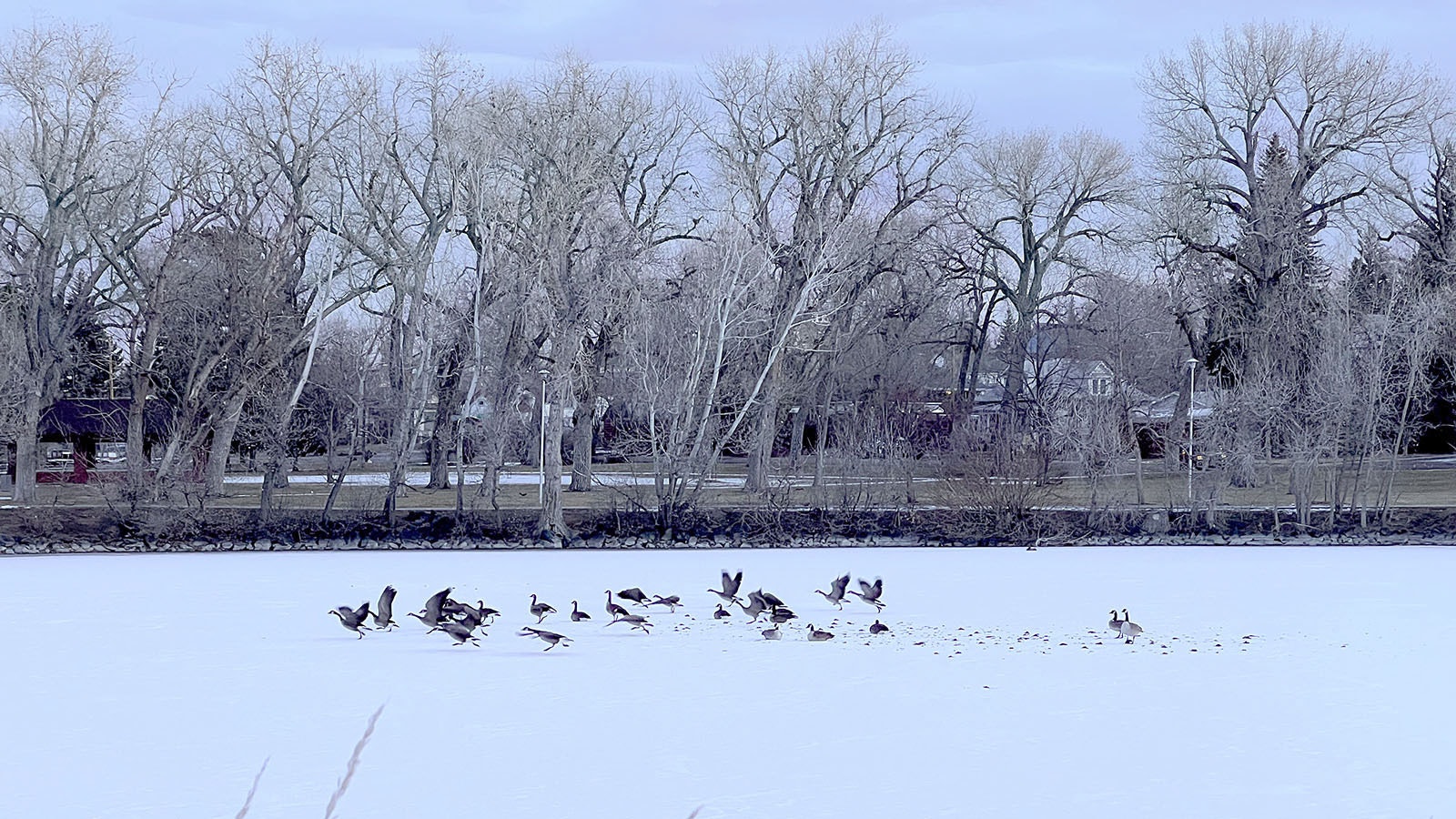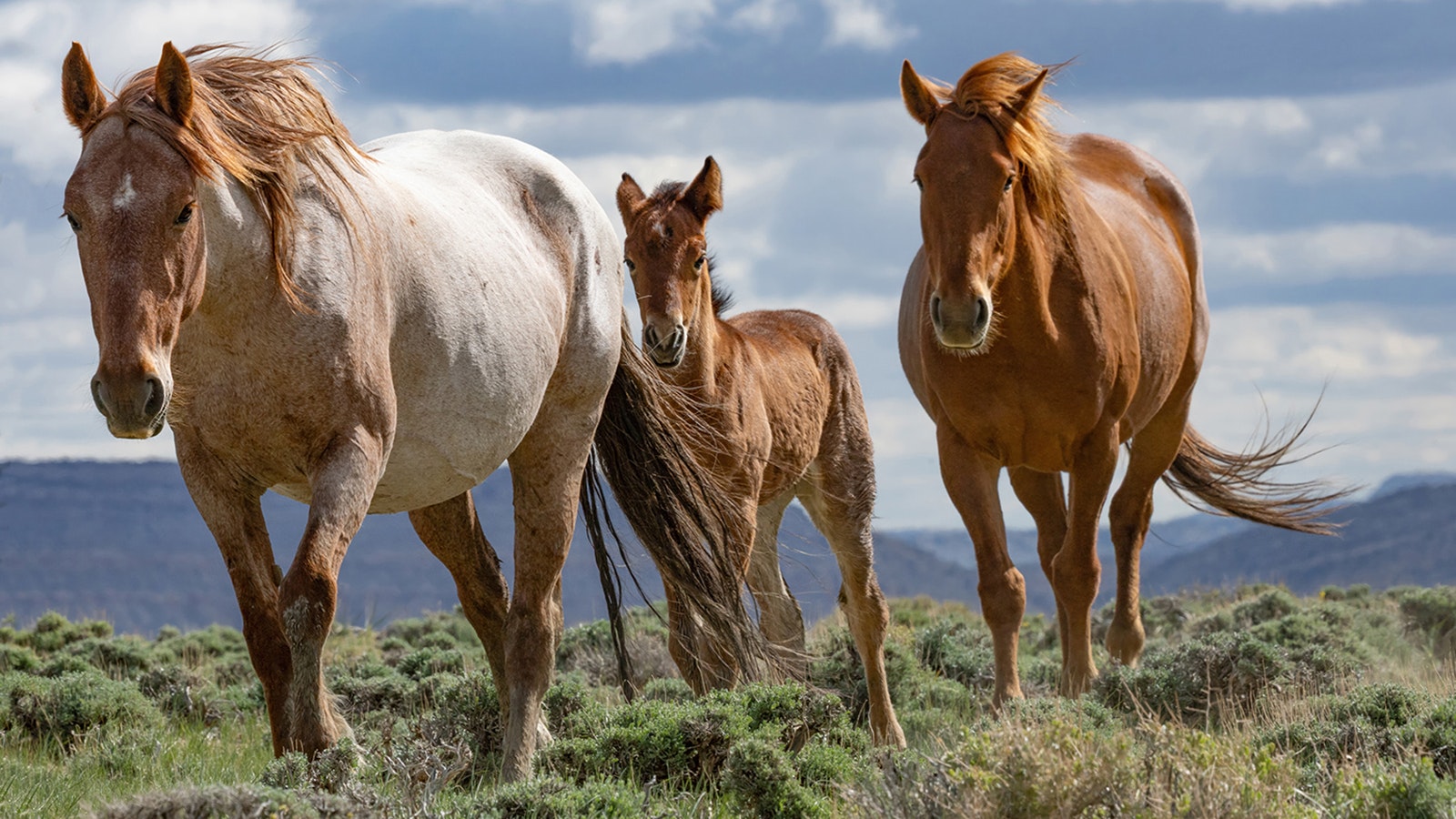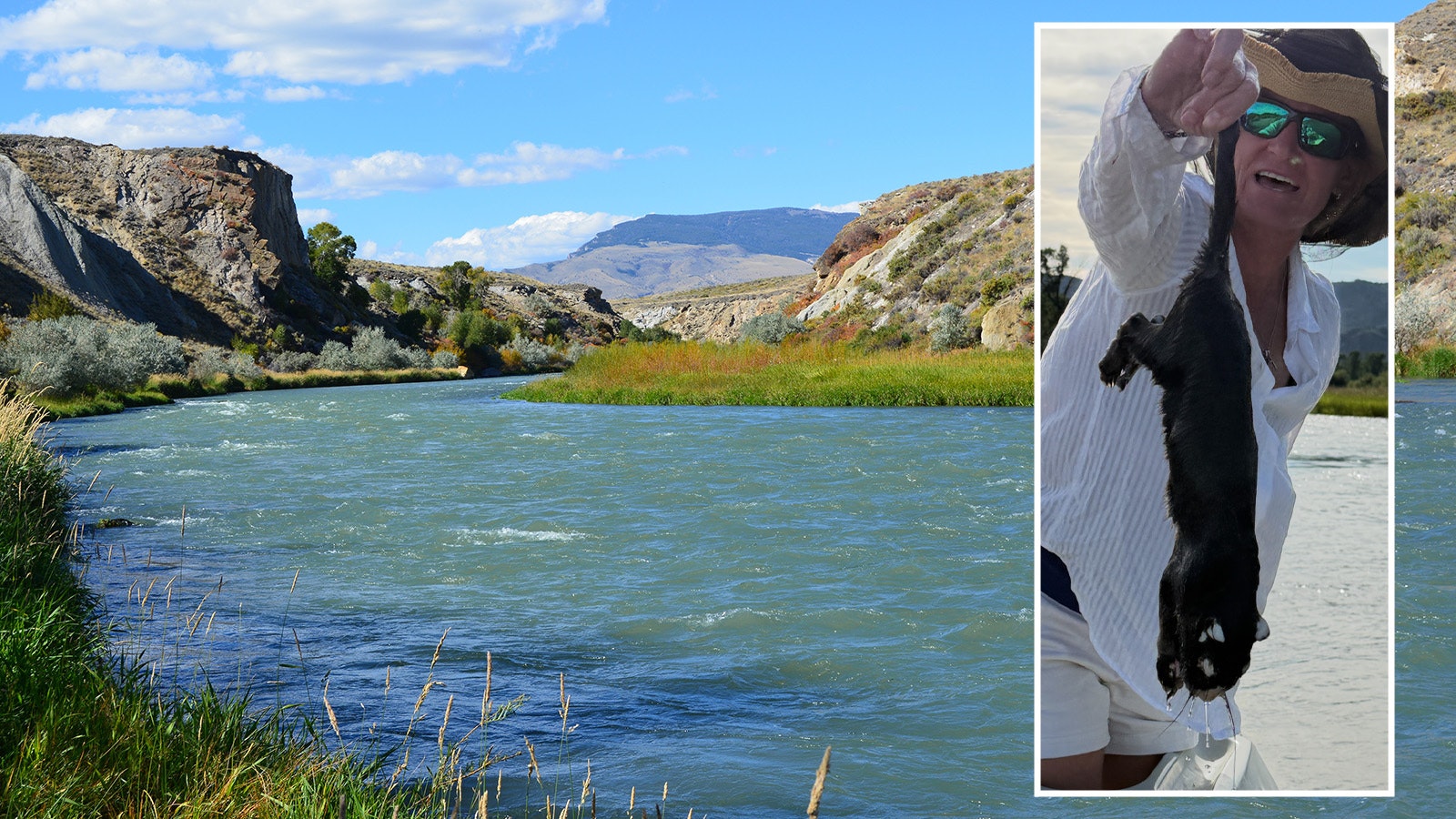Over the next couple of weeks, Cheyenne’s Holliday Park will look a little more thinned out as crews remove 24 large cottonwood trees from the park that are about a century old.
And while the trees are approaching the end of their average natural lifespan, their demise has been helped along by some unexpected vandals – tree-killing squirrels.
“They like to chew the new bark and that portion of the branch or stem that moves the water and nutrients,” said Mark Ellison, who heads up the Cheyenne Urban Forestry Division. His crew is responsible for tree planting and tree care on all city property.
“As they chew and eat that portion of the branch or stem, they ‘girdle’ the tree, and they end up killing branches – or in the case of young trees, killing the trees,” Ellison said about the squirrels. “Due to the amount of damage they do to young trees, and to the older trees as well, we’re trying to get people not to feed them.”

The Great Squirrel Debate
Ellison said he’s fielded a number of calls about squirrels in Holliday Park – both for and against the critters.
“There’s a lot of people that just love the squirrels,” said Ellison. “We know they’re wild animals, they can fend for themselves, they don’t need us to feed them. But there are some people that really love doing that.”
The problem is so many people are feeding the squirrels at Holliday Park that the animals have become domesticated to the point of fearlessness, Ellison said.
“They’ll approach people, they’ll jump into baby carriages, they’ll rifle through people’s bags if they leave them on the ground,” he said.
The growing aggressiveness of the park’s squirrels has contributed to the accelerated demise of so many mature trees. And Ellison said that the squirrels have made it hard for crews to replace older trees with young saplings because the animals damage the new trees to the point of killing them.
“They’re basically starving the tree,” said Ellison.
End Of Their Lifespan
Ellison said that most of the trees in Holliday Park were planted in the late 1800s, or as late as the 1910s, and that the lifespan of a cottonwood tree is around 120 years, at the outside.
“We’ve got about 240 over-mature cottonwood and willows that were all planted about the same time and are nearing the end of their lifespan,” said Ellison.
When these trees begin to die, he said the chances of falling branches increases.
“You’ll see the tops dying back, you’ll see the ends of the branches dying back,” said Ellison. “As that continues to progress, large, complete branches will die.”
Add into the mix the attacking squirrels, and the decision moves from pruning the trees to removing them completely.
“They’ve been pruned a few times already,” said Ellison. “But since they’re so late in their lifespan, if we did prune them, they’re going to just continue to die back, and so we chose to remove them at this time.”
Out With the Old, In With the New
Ellison said that because of the large number of trees that are going to have to be removed in the next five to 10 years, the city plans to remove between 20-30 trees per year in Holliday Park.
Crews also will be planting new trees to replace the old.
“We’re going to have Arbor Day actually in Holliday Park this year,” said Ellison. “So we’ll have kind of a community planting event.”
And along with planting new trees, Ellison and his crew will be educating people about the downside of feeding the park’s cute – but murderously overpopulated – wild squirrels.
“We’ve got an unmanageable or unsustainable population of squirrels,” he said. “There’s more squirrels than the ecosystem can really handle.”





